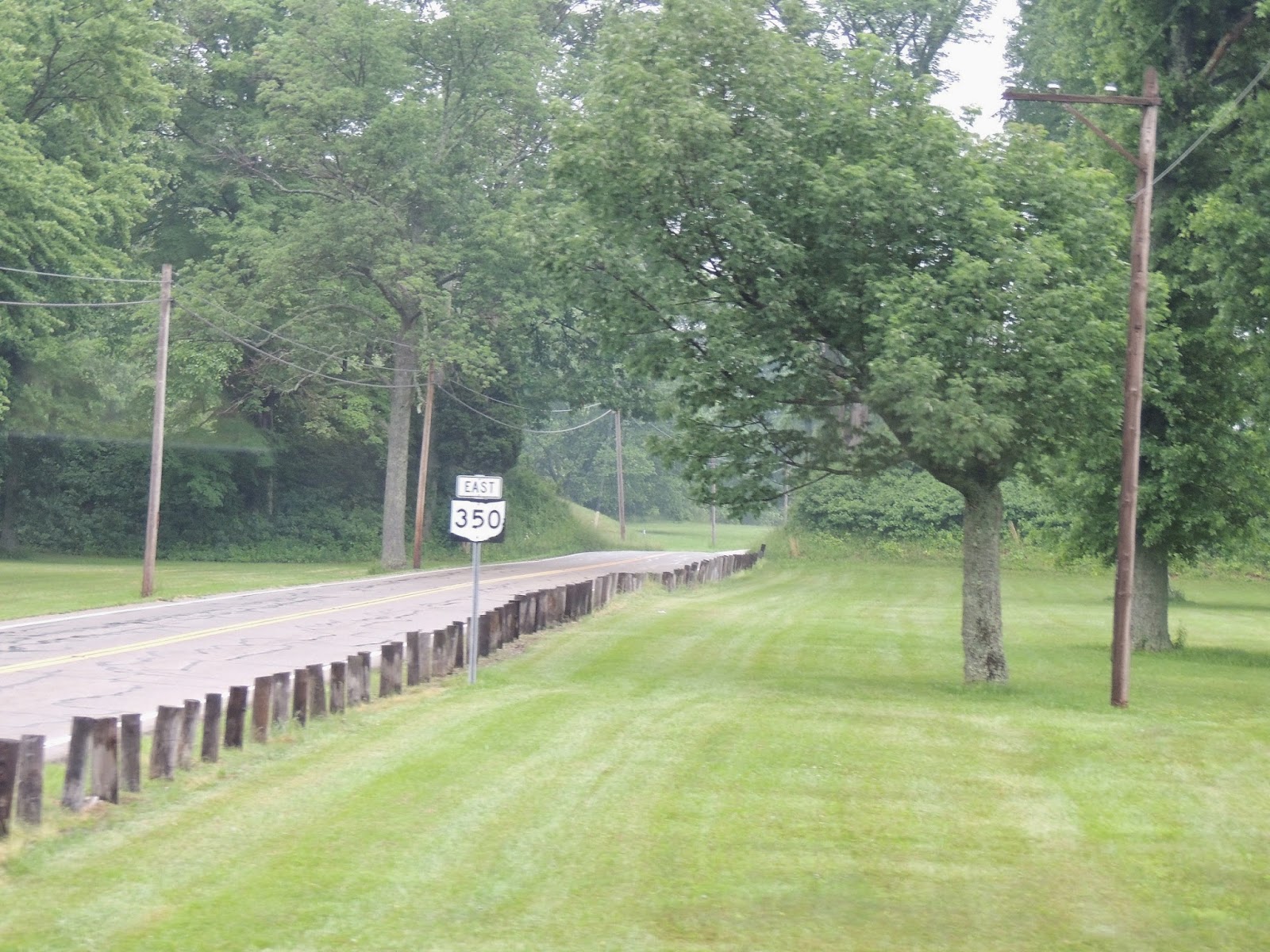2014Heartland trip
A trip through the heartland of America, focused on ancient civilizations with some other stops.
Tuesday, June 10, 2014
Thursday, June 5, 2014
Day 7 Thursday
 Today we visited Zelph's mound, Nauvoo, the Zarahemla site, and a Hopewell mound now used as a cemetery.
Today we visited Zelph's mound, Nauvoo, the Zarahemla site, and a Hopewell mound now used as a cemetery. 
View of Nauvoo temple from across the river.
Zarahemla temple site, located on a Hopewell mound directly across the Mississippi River from Nauvoo. The orange flag marks one corner of the structure, which will be excavated later this year. I framed the photo so the tip of the flag points to the Nauvoo temple across the river, although you can't see it because of the trees. Doctrine & Covenants Section 125, Verse 3 mentions the area, where Joseph Smith bought vast acreage (more than in Nauvoo). "...build up a city unto my name upon the land opposite the city of Nauvoo, and let the name of Zarahemla be named upon it."
Locating the temple site.
Little Mound Cemetery. This "little" Hopewell mound in Iowa, which is actually several hundred feet long, was used as a cemetery by European settlers beginning in the 19th Century.
Here is a replica of spear point found in skeleton buried in the mound.
This is the dip between two large mounds that, together, are called Zelph's Mound. It's official name is the Naples-Russell Mound #8, and it's located on the west bank of the Illinois River just north of where Interstate-72 crosses the river. It was on this same Hopewell mound that the Prophet Joseph Smith, while on Zion's Camp, discovered the bones of an ancient Lamanite named Zelph.
"The brethren procured a shovel and a hoe, and removing the earth to the depth of about one foot, discovered the skeleton of a man, almost entire, and between his ribs the stone point of a Lamanitish arrow, which evidently produced his death. ...the visions of the past being opened to my understanding by the Spirit of the Almighty, I [Joseph] discovered that the person whose skeleton was before us was a white Lamanite, a large, thick-set man, and a man of God. His name was Zelph. He was a warrior and chieftain under the great prophet Onandagus, who was known from the Hill Cumorah, or eastern sea to the Rocky mountains").
Wednesday, June 4, 2014
Day 6 Wednesday
Today we visited Fort Ancient, and Miamisburg mound. Fort Ancient is a massive structure. The wall extends four miles. There is a ceremonial area with four circular mounds arranged in a perfect square.
The Hopewell Mound Builder's site of Fort Ancient is the largest hilltop enclosure in the United States, located in Lebanon, Ohio. This site would have been one of the Nephites' most significant "places of retreat" (Alma 49:11) and "forts of security" (Alma 49:18) during their battles with the Lamanites. The outside perimeter is over 4 miles long and an estimated 553,000 cubic yards of earth was used in the construction of the walls and embankments.
"Now behold, the Lamanites could not get into their forts of security by any other way save by the entrance, because of the highness of the bank which had been thrown up, and the depth of the ditch which had been dug round about, save it were by the entrance" (Alma 49:18).
Tuesday, June 3, 2014
Monday, June 2, 2014
Subscribe to:
Comments (Atom)






















































